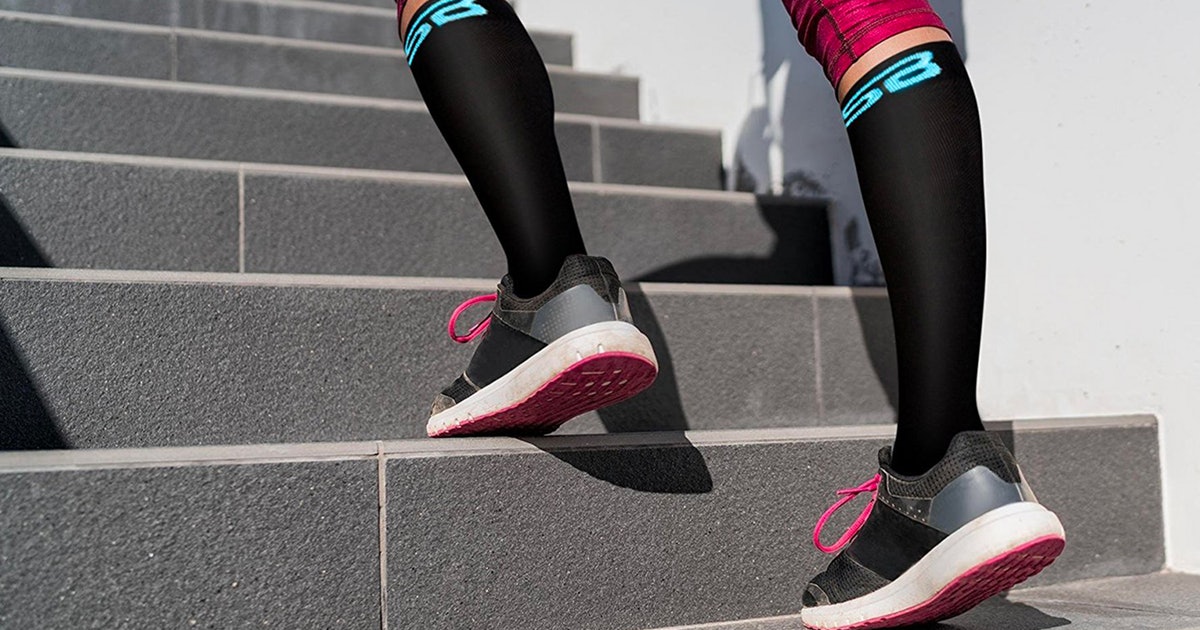How To Effectively Treat Lymphedema
Lymphedema is a condition that occurs when one or more limbs swell. Some individuals find both of their legs or arms become swollen. In most cases, lymphedema is caused due to damage to the lymph nodes or lymph node removal as a cancer treatment. The condition occurs when the lymphatic system has a blockage that prevents the adequate drainage of lymph fluid. The buildup of fluid then leads to swelling. Unfortunately, there isn't a cure for lymphedema right now, though there are ways to treat the condition by taking care of the affected limb or limbs. Early diagnosis is another big part of treatment and management. Get to know the most effective and simple treatments for lymphedema now.
Compression Socks

One potential solution for lymphedema involves the use of compression socks or other compression garments. These are often used in conjunction with medical conditions that cause swelling. Garments include long stockings or sleeves that compress the affected leg or arm, helping the lymph fluid to flow from the limb. Individuals who exercise the limb should be wearing a compression sock or other garment. Professional help is important when getting the right fit for the garment. Depending on circumstances, patients may need their compression garments to be custom created. If it's difficult to put the garment on or take it off, they may use special techniques to help. Patients can work with their lymphedema therapist to find the best options for their situation. Additionally, if traditional compression socks or garments won't meet their needs, patients might be able to use a compression device with special fabric fasteners.
Keep reading for more tips on treating lymphedema.
Light Exercises

Another of the most common treatment options for lymphedema is participating in light exercises. These exercises will vary slightly depending on patient circumstance and doctor recommendations. Patients will move the affected limb to try to encourage lymph fluid to drain. This can also help the body prepare to carry out everyday tasks like walking or carrying groceries. It's important the exercise is not vigorous. It shouldn't leave patients feeling physically drained or tired. Instead, patients should do exercises that allow their leg or arm muscles to gently contract. If a patient contacts a certified lymphedema therapist, they'll teach them the best exercises to help the affected limb. They'll also explain how often patients should do the exercise routine, at what times of day they should exercise, and whether any other treatments should be undergone along with the exercises.
Uncover the next method of treating lymphedema now.
